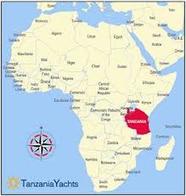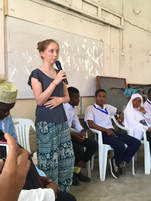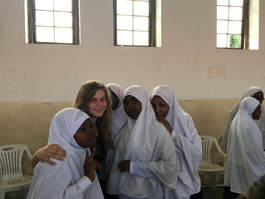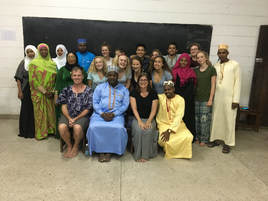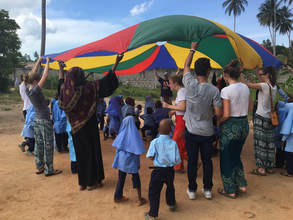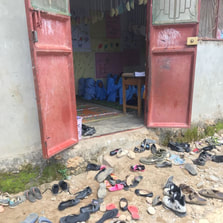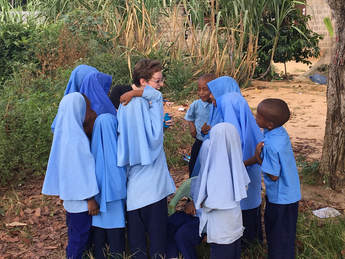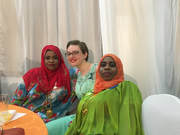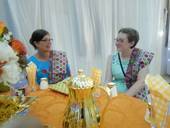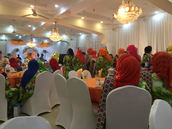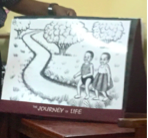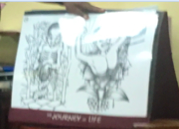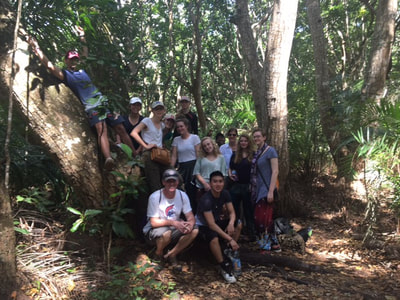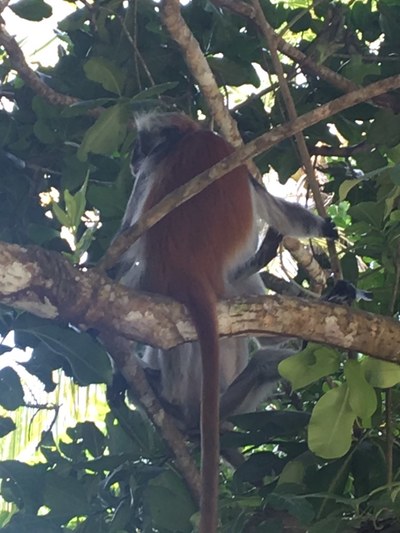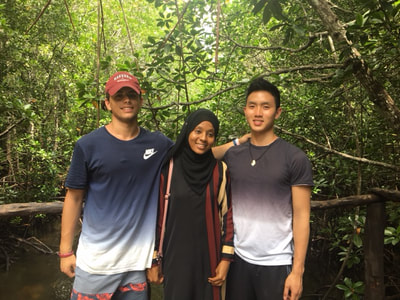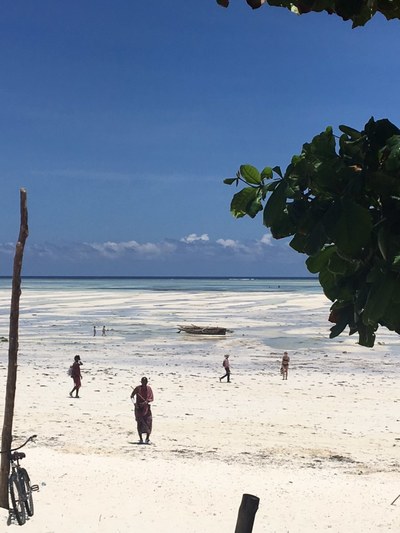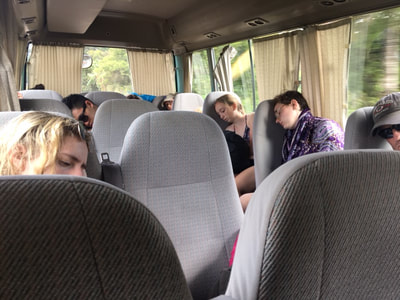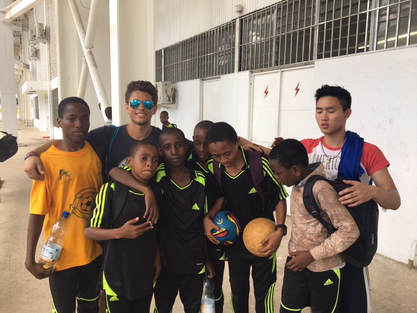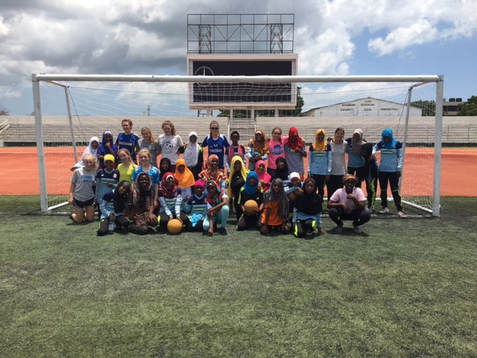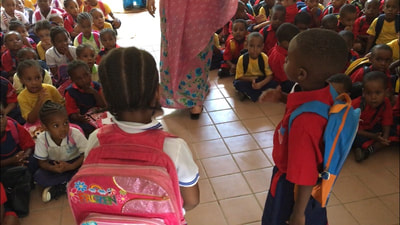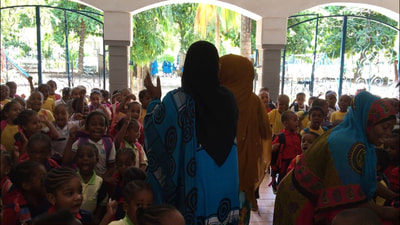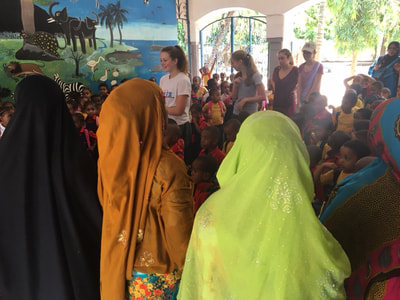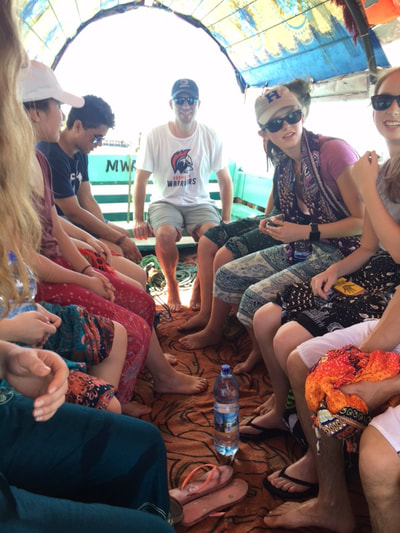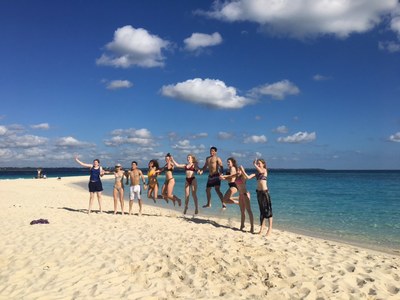| The purpose of the Brookline High School Global Health and Soccer Tour is to enable Brookline students to experience and learn first-hand about some of the challenges and opportunities of health care, educational, and advocacy work in a lower income country and to have a rich cultural exchange through sport--a global tool for youth development. Video of Trip |
Itinerary
Feb. 12 - Monday visit Pathfinder International in Dar es Salaam addressing violence against women and children. Blog Entry
Feb. 13 - Tuesday fly to Zanzibar - Check in at the Al-Johari Hotel then visit SOS Kindergarten and play
Feb. 14 - Wednesday - visit Pathfinder Projects
Feb. 15 - Thursday - visit/UNFPA projects and later in afternoon play soccer with New Generation Queens
Feb 16 - Friday - International School of Zanzibar (Sports tournament) afternoon visit Darajani market
Feb 17 - Saturday - CAC in the morning at Amaan Stadium with Haile Selassie Students, Scavenger Hunt in the afternoon.
Feb 18 - Sunday - Jozani Forest in the morning
Feb 19 - Monday - SOS kindergarten school and secondary school girls soccer - fun match
Feb 20 - Tuesday - SOS School morning, BHS students mix with SOS students in classes, Prison Island in the afternoon.
Feb 21 - Wednesday - Madrassa in the morning then Tanwir School, dhow ride in evening.
Feb 22 - Thursday - Beach and Spice farm.
Feb 23 - Friday - Open, evening (dhow ride)
Feb 24 Saturday - fly home.
Feb. 12 - Monday visit Pathfinder International in Dar es Salaam addressing violence against women and children. Blog Entry
Feb. 13 - Tuesday fly to Zanzibar - Check in at the Al-Johari Hotel then visit SOS Kindergarten and play
Feb. 14 - Wednesday - visit Pathfinder Projects
Feb. 15 - Thursday - visit/UNFPA projects and later in afternoon play soccer with New Generation Queens
Feb 16 - Friday - International School of Zanzibar (Sports tournament) afternoon visit Darajani market
Feb 17 - Saturday - CAC in the morning at Amaan Stadium with Haile Selassie Students, Scavenger Hunt in the afternoon.
Feb 18 - Sunday - Jozani Forest in the morning
Feb 19 - Monday - SOS kindergarten school and secondary school girls soccer - fun match
Feb 20 - Tuesday - SOS School morning, BHS students mix with SOS students in classes, Prison Island in the afternoon.
Feb 21 - Wednesday - Madrassa in the morning then Tanwir School, dhow ride in evening.
Feb 22 - Thursday - Beach and Spice farm.
Feb 23 - Friday - Open, evening (dhow ride)
Feb 24 Saturday - fly home.

